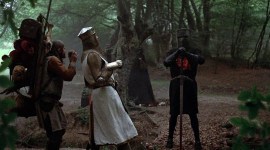
Now and Then: A Filmmaker’s Guide to the Period Piece
The period piece is more than a film genre—it’s a larger approach to filmmaking in general. Let’s explore the mysteries of this beloved film category.
Ah, the period piece, a favorite among actors. Everyone gets to do some historical research, embody a bygone era, and do some serious acting. A period piece usually features plenty of big emotions, lots of swooning, and some downright loathsome social situations.
So, period pieces are films set in a historical time period, right? End of story, end of article—let’s all just go home . . .
I mean, almost, but not quite. Let’s get a little more nuance.
What Is a Period Piece?
People often refer to the period piece as a genre, but it’s really bigger than that. Super genres like Westerns, science fiction, or horror are categories of filmic experience. In their purest forms, they’re each different from each other—of course, smashing genres together into sub-genres is loads of fun, and it has resulted in some of Hollywood’s most memorable films.
These super genres have developed tropes over time that audiences have come to expect. This is true to a degree with the period piece as well (see my joke about the feelings and the swooning above). But the period piece is such a larger classification in the genre taxonomy that we have to think about it a little differently.
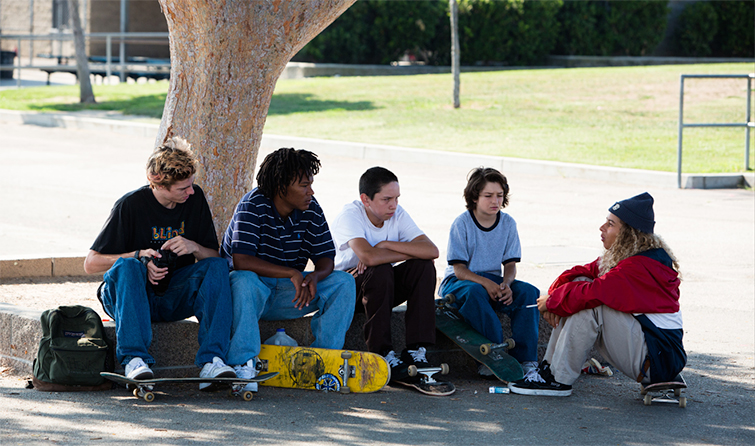
Period pieces simply dictate when your story takes place. There aren’t conventions that say “Because this story is historical, it will follow all of these dictates” like a pure Western or fantasy film might. A period piece set in the 1990s, like Jonah Hill‘s Mid90s, doesn’t have much in common with, say, Braveheart, which was set in the 14th century. Both are fantastic films, but they have nothing in common other than neither of them is set in the present day.
That’s a pretty broad category when you think about it. Basically, there are movies that are set within the last 5-10 years, and then there’s everything else ever set during any other time in universal history. So, we’re kind of talking apples and oranges here when discussing period pieces as part of a specific genre.
However, there are sub-genres of the period piece that have developed that are a little lower down the taxonomic tree. These we can differentiate from each other, and they tend to feature particular tropes, just like their cousins, the super genres.
Different Kinds of Period Pieces
Biopic
The biopic is a pretty straightforward sub-genre. It tells the story of a person’s life, usually starting somewhere between birth and adolescence and continuing on either through the most noteworthy events of the subject’s life—or their death.
Other period pieces might cover a specific event in an important person’s life or even a short span of time that directly or indirectly involves the person of note. The latter aren’t biopics—they’re more likely to be historical epics or romances.
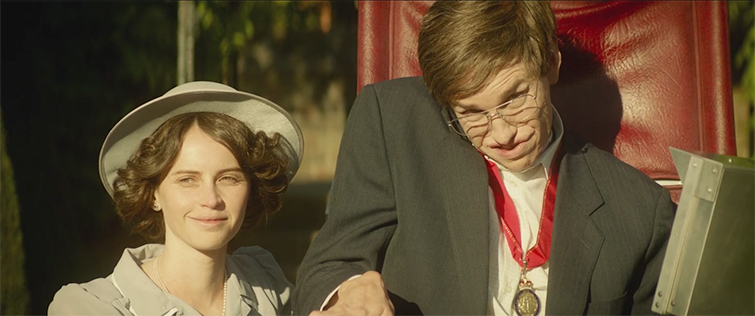
While the definition of a biopic is pretty straightforward, its execution is not. Films are short; human lives are typically pretty long. Anyone who tries to condense an entire human story down to a feature-length film is going to run into problems. There are inevitably issues with accuracy and creative liberty in biopics as their creators try to capture the essence of a person’s life without slogging through all the uninteresting details that get in the way.
A Beautiful Mind, Lincoln, Chaplin, Gandhi, and Malcolm X are all examples of the biopic worth any filmmaker’s time.
Costume Drama
The costume drama is what most people think of when they think of a period piece. The idea here is that the film takes place in a historical setting, but it doesn’t necessarily have to be historical itself. That is to say, the setting is real, but the story may not be. (Adaptations of novels, like those by Jane Austen, throw a little wrench of meta-reality into mix since the books are real, but the stories still aren’t.)
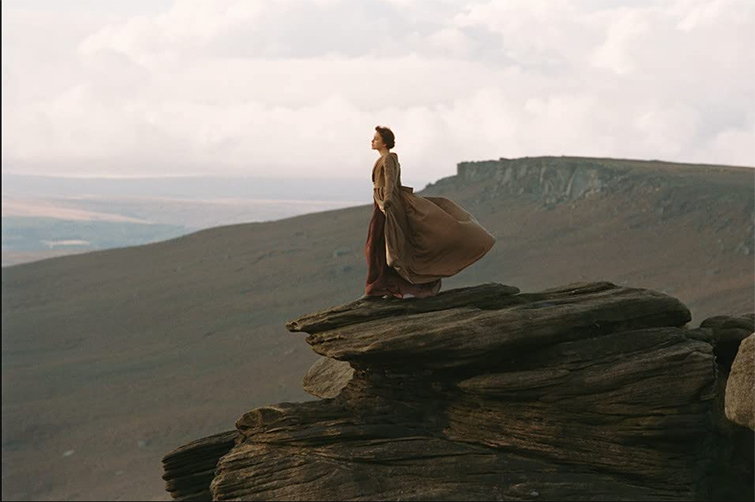
Costume dramas are elaborate, and they’re favorites for the Academy Award for Best Production Design. The costumes and sets are what really sell costume dramas, and these feats of artistry transport audiences back in time. It’s for these accomplishments that the Oscar often goes to a hardworking costume drama production designer.
Downton Abbey, Gone With the Wind, and Little Women are all examples of costume dramas of note.
Historical Romance
Now, things are really starting to overlap. A historical romance is a period piece with a romantic relationship at its core. A historical romance doesn’t have to be a costume drama, but it’s very likely to be, so these two sub-genres are really splitting some hairs.
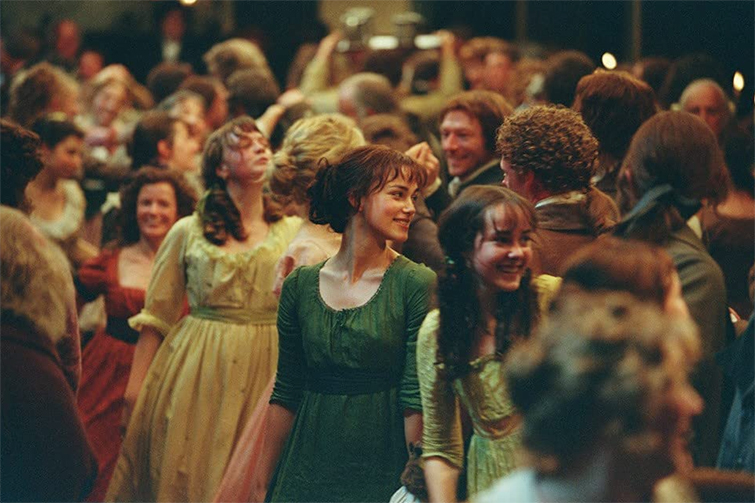
Costume dramas may take larger social conflicts or storylines as their central stories; historical romances may include those conflicts or storylines, but at the end of the day, they’re about love. Falling in love, falling out of love, love at first sight, unrequited love, requited love—you name it. If it involves love, there’s a historical romance about it.
Examples of historical romance that are worth your time include Atonement, Doctor Zhivago, and Titanic.
Historical Epic
If the period piece waters weren’t already muddy enough with the difference between costume dramas and historical romances, they get even murkier when you bring in the historical epic. Most historical epics are also costume dramas, but they’re based (to some degree) on some historical person or event—costume dramas in and of themselves don’t need any anchors in actual historical events.
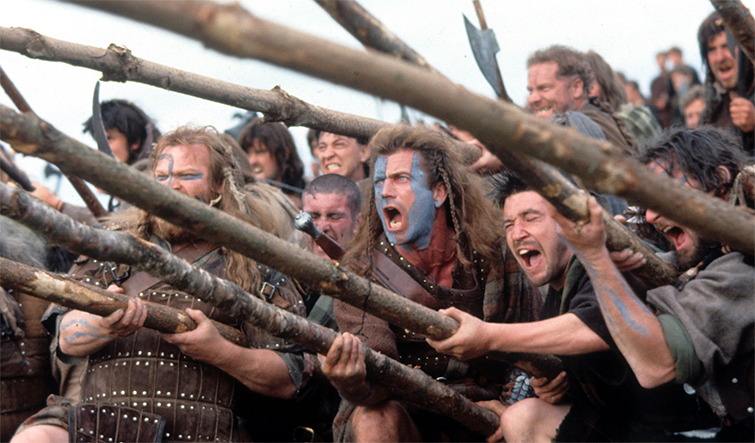
But, historical epics might also be historical romances. Take Braveheart, for example. It’s clearly a costume drama, it features a powerful love story (historical romance), but it also showcases sweeping battles, complicated character developments, and historical events that would define Scotland for hundreds of years. So, which sub-genre is it?
It can be all three, but generally speaking, these sub-genres follow the rule of survival of the fittest. The biggest and strongest sub-genre usually takes home the prize, and when historical epics are part of the mix, they often win out in the category wars.
Historical epics we think you should watch include Ben-Hur, Gladiator, and Seven Samurai.
Notes for Filmmakers
Okay, so you’re street legal when it comes to making period pieces, but a few more rules of the road . . .
Period pieces don’t have to fall neatly into any of the categories we’ve described here. Many do, but as with any proven genre (or category, or whatever we’re talking about . . . ) there are exceptions.
A Knight’s Tale is technically a period piece, but it’s not a historical epic, it’s not a historical romance, it’s not a biopic, and it’s only sort of a costume drama (it takes lots of liberties, and there’s more humor than drama). There are plenty of anachronisms in this film—some things are historically accurate; many just plain aren’t. Does it count as a period piece? You bet it does.
The most important rule to making your period piece is consistency. If you’re going to be anachronistic and tongue-in-cheek, be that way throughout the film. If you’re going to be stodgy and stiff, do it! Period pieces are under more scrutiny than many other types of films because we expect them to only have what would have existed during their time period. Or we expect the world to work a certain way. When things stick out, or when your production is uneven, it shows like a signal beacon, and people love to point out when you get something wrong.
So, either do your homework or don’t—but absolutely don’t try to pretend your production is something it isn’t.
Oh, and save up lots of money. Period pieces are, like, super spendy.
Cover image via Lantern Entertainment.
Interested in more about genres and sub-genres? Check out our handy guides on all your favorites . . .
- The Life and Times of the Kung Fu Film
- The Space Western — Genre’s Unwanted, Weird Cousin
- The Superhero Film: A Guide for Superfans
- The Indie Filmmaker’s Guide to The Western
- The Filmmaker’s Guide to the Apocalypse
- Making Your Own Fantasy Film: A Field Guide
- How to Speak Science Fiction: A Field Guide




